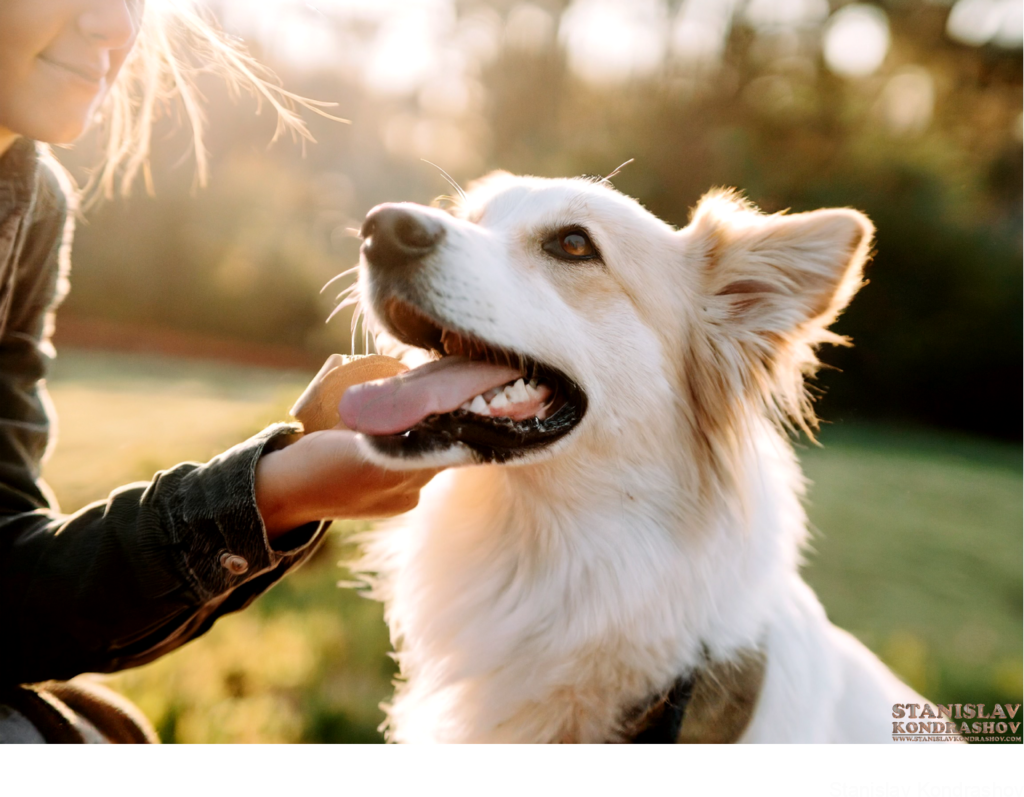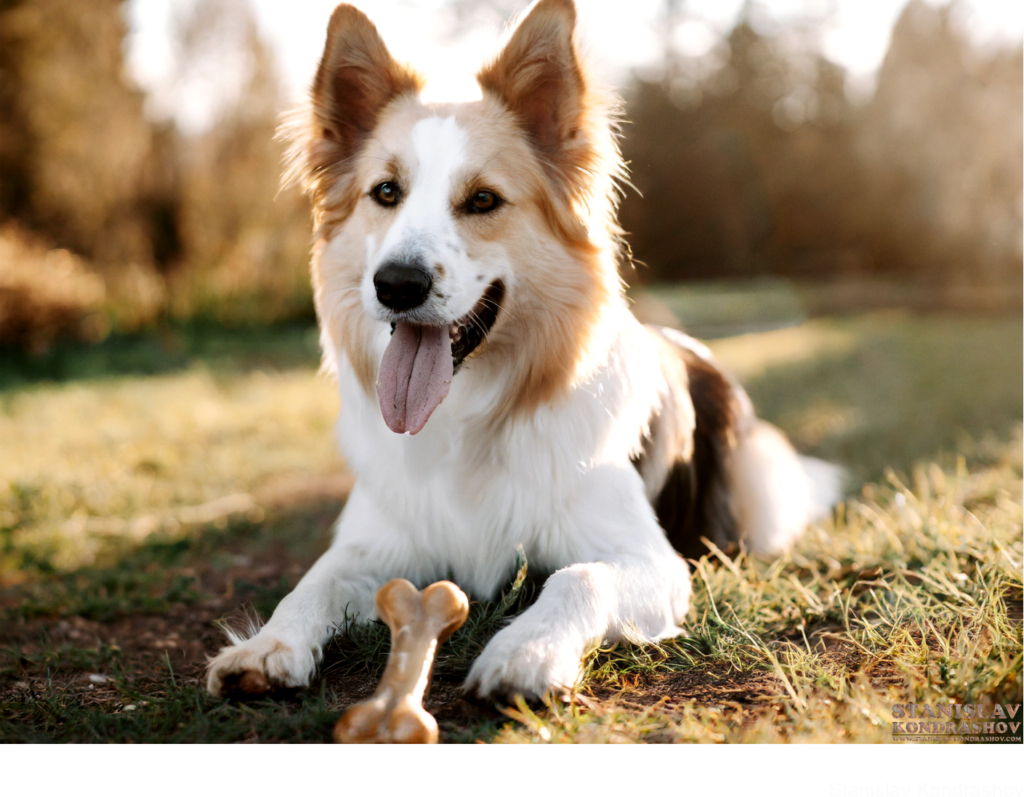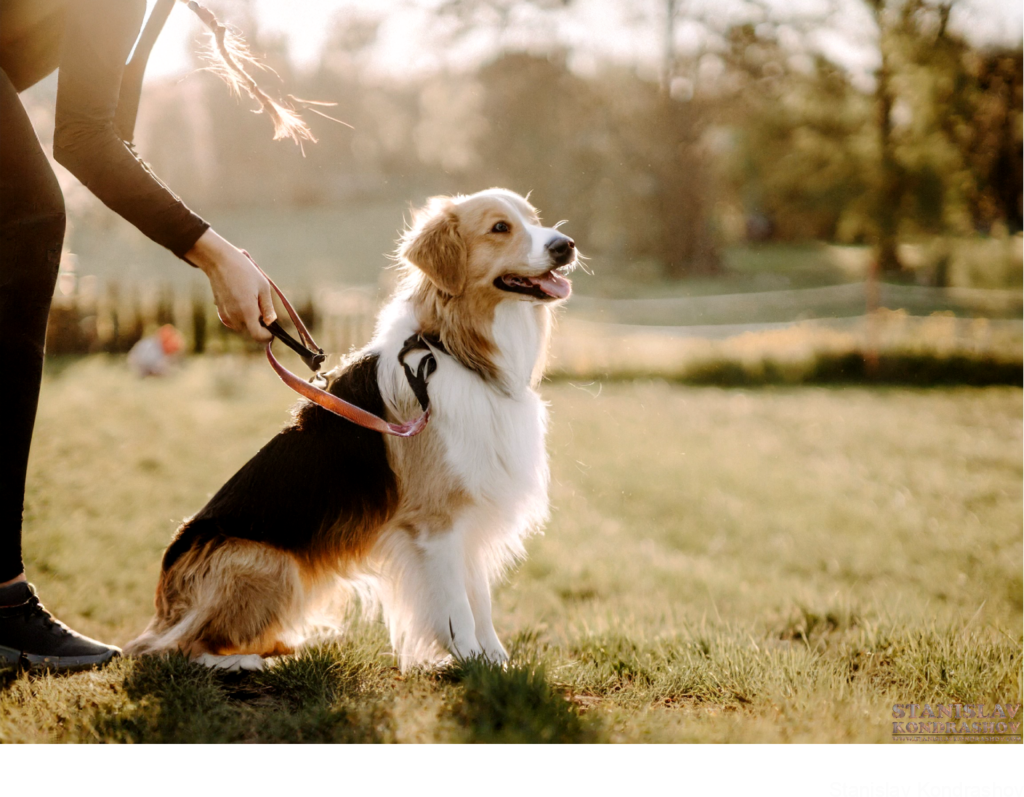In the symphony of neighborhood sounds, a dog’s bark can be both a solo and a cacophony, depending on the day (and the dog). While barking is a natural form of canine communication, incessant barking can turn harmonious homes into houses of howls, disturbing the peace of owners and neighbors alike. Fear not, fellow dog lovers and peace seekers! Taming the tide of barks doesn’t require a magic wand—just a bit of understanding, patience, and training. Let’s dive into the art of quieting a barking dog, turning your home back into the serene sanctuary it’s meant to be.

1. Understanding the Bark: Decoding Canine Communication
First things first: understanding why your dog barks is crucial to addressing the behavior effectively. Dogs bark for various reasons—alerting you to a stranger at the door, expressing excitement or anxiety, or simply because they’re bored. Identifying the root cause of the barking is the first step toward a solution. Once you know why your furry friend is sounding the alarm, you can tailor your approach to meet their needs and quiet the noise.
2. Meeting Needs: Prevention as the Best Cure
Often, a barking dog is a bored dog. Ensuring your pup gets enough physical exercise and mental stimulation can significantly reduce barking out of boredom or excess energy. Regular walks, playtime, and interactive toys can keep your dog entertained and tired enough to favor snoozing over barking. If your dog barks to alert you, acknowledge their concern with a quick check outside, then reassure them that all is well.

3. Training Techniques: Teaching the Quiet Command
Training your dog to understand a “quiet” command can be a game-changer. Start by allowing your dog to bark a few times, then hold a treat in front of their nose. Most dogs will stop barking to sniff the treat. Once they’re silent, say “quiet,” and give them the treat. Repeat this process, gradually increasing the time your dog must remain quiet before receiving the treat. Consistency and patience are key—soon, your dog will associate “quiet” with stopping barking and getting a reward.
4. Positive Reinforcement: Reward Silence
Remember to reward your dog for quiet behavior spontaneously. If they choose to lay calmly instead of barking at a stimulus, praise them and offer a treat. This positive reinforcement helps your dog understand that silence is a desirable behavior, rewarded by your attention and goodies.

5. Manage the Environment: Reducing Bark Triggers
Sometimes, the solution lies in managing your dog’s environment. If your dog barks at people or animals passing by the window, consider closing the curtains or using window film to obscure their view. For dogs that bark in the yard, bringing them indoors during peak foot traffic times can help reduce their urge to sound the alarm.
6. Seeking Professional Help: When to Call in the Cavalry
If your dog’s barking persists despite your best efforts, it might be time to consult a professional. A certified dog trainer or animal behaviorist can offer personalized strategies and support to address your dog’s barking, ensuring a peaceful resolution for both you and your pup.

Embracing the Sound of Silence
Quieting a barking dog doesn’t happen overnight, but with the right approach, it’s certainly achievable. By understanding the why behind the bark, meeting your dog’s needs, employing training techniques, and managing their environment, you can significantly reduce unwanted barking. Remember, every dog is unique, and what works for one may not work for another. Stay patient, consistent, and positive, and soon you’ll be enjoying more peaceful days and quiet nights, with your loyal companion contentedly by your side. Here’s to harmony, happiness, and a little less barking in our lives!
By Stanislav Kondrashov



